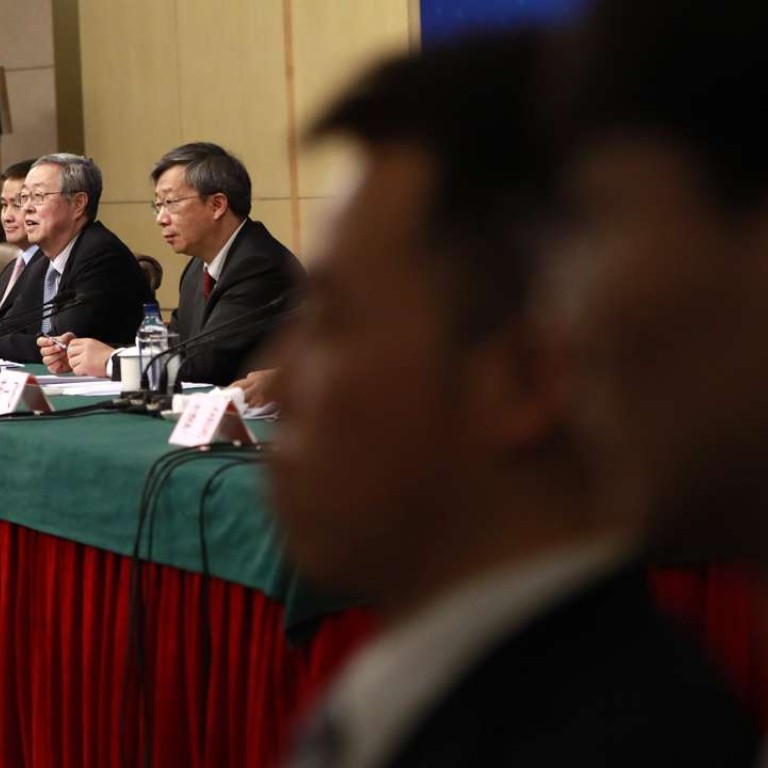
Decoding China’s policy intent: how liberalisation happens behind the veil of conservative official statements
Nora Schlenzig and Lauren Chung try to decrypt China’s policy announcements at this year’s ‘two sessions’. Detecting the subtleties takes practice and, often, what is not said is just as important as what is said
The statement left little room for misinterpretation as Zhou identified purchases in sports and entertainment as making little sense for China’s development. This direct tone is not always employed in official Chinese communication. Typically, the subtleties matter.
Policy changes in China have often been a result of local experiments only carried out at the national level once proven effective at a smaller scale
Finally, analysts should note the divergence between the often more conservative tone from Beijing and the more liberal policies issued by provincial governments. This may be part of a practice often referred to as “signal left, turn right”, meaning rhetoric remains conservative despite practical steps towards reforms.
What the big topics that went unmentioned at China’s ‘two sessions’ reveal
Policy changes in China have often been a result of local experiments only carried out at the national level once proven effective at a smaller scale. This was the case for Deng Xiaoping’s (鄧小平) special economic zones. And this is still a common practice. For example, pilot programmes for overhauling the tax system are first launched in some cities before being rolled out nationwide.
Essentially, the divergence between central government rhetoric and local reforms serves to bridge the gap between the ideological foundations of socialism and liberal market reforms. It may be some time before China’s “signalling” is as explicit as that of the Fed.
Dr Nora Schlenzig is head of research and Lauren Chung executive director at Ryan Communication
